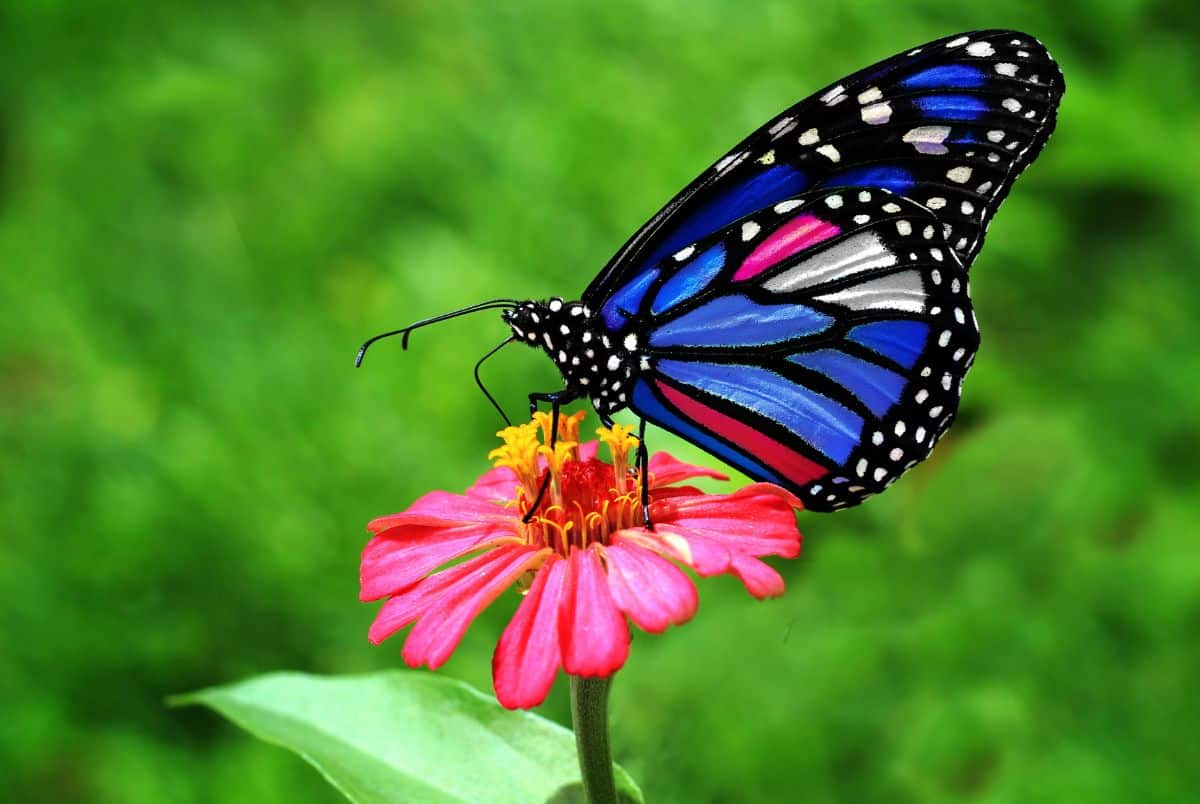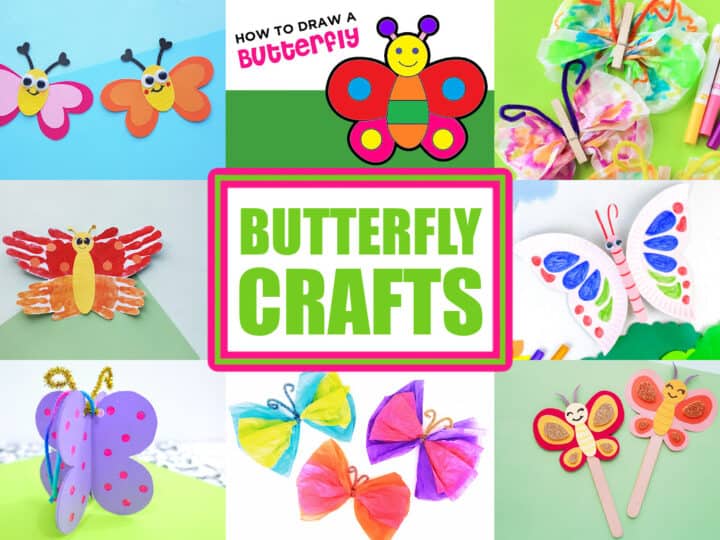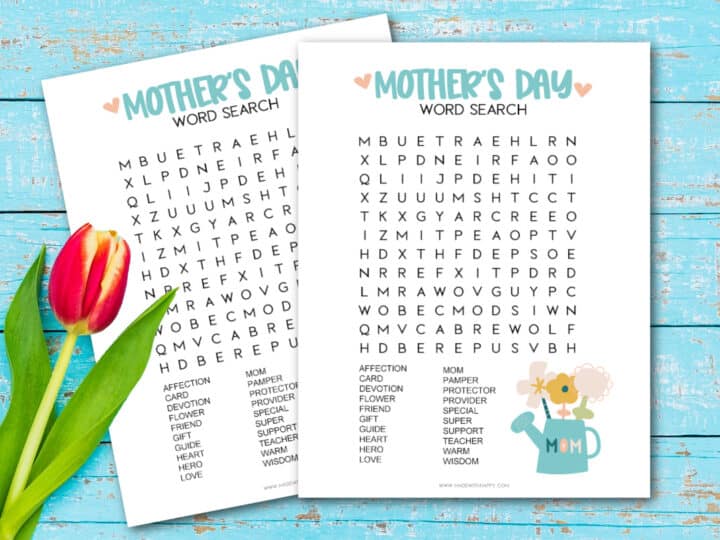Uncover fascinating butterfly facts! From their vibrant colors to their incredible migrations. Learn all about these beauties!

Welcome to a fluttery adventure filled with colorful wings and fascinating facts! Butterflies are not just beautiful creatures but are incredibly interesting and important in our world.
As we explore these butterfly facts, we'll dive into the enchanting world of these delicate insects, learning about their unique features, behaviors, and habitats.
Get ready to spread your wings and soar through a kaleidoscope of knowledge as we uncover the secrets of butterflies together!
What Are Butterflies

Want to save this project?
Enter your email below, and then we'll send it straight to your inbox. Plus get awesome new projects from us each week.
Butterflies are amazing creatures that captivate our imaginations with their vibrant colors and delicate wings. Defined as insects of the order Lepidoptera.
These winged wonders are characterized by their slender bodies, antennae, and six legs, adorned with rows of tiny scales that shimmer in the sunlight. With their aerial acrobatics and playful flutters, butterflies add a touch of magic to our natural world.
Butterfly Lifecycle

Embarking on a remarkable journey from egg to adult, butterflies undergo a fascinating metamorphosis known as complete metamorphosis. Their lifecycle begins with a tiny egg, often laid on the underside of leaves.
From there, they hatch into larvae, also known as caterpillars, very hungry eaters that munch on leaves to fuel their growth. After a period of growth, they enter the pupal stage, encased in a protective cocoon.
Inside, they undergo a remarkable transformation, breaking free as a fully-formed butterfly, ready to embark on their fun and colorful adventures in the world. The lifecycle of a butterfly can vary depending on the species and environmental conditions. This awesome cycle of change is a testament to the beauty and wonder of nature.
Butterfly Facts

Dive into the world of butterflies with these fun facts, exploring their colors, behaviors, and fascinating life cycles. Discover how these delicate creatures flutter through gardens, spreading joy and wonder wherever they go.
- A group of butterflies is called a kaleidoscope.
- The smallest butterfly is the Western Pygmy Blue.
- The largest butterfly is the Queen Alexandra's Birdwing.
- Butterflies can see ultraviolet light.
- The fastest butterfly can fly at speeds of up to 30 mph.
- Some butterflies drink tears from the eyes of turtles.
- Some butterflies live for only a few weeks, while others can live up to a year.
Interesting Facts About Butterflies

- Butterflies have been used in art and literature for centuries.
- Some butterflies mimic the appearance of toxic species to ward off predators. They taste bad to predators due to toxins from the plants they eat.
- Butterflies play a crucial role in maintaining ecosystem balance.
- Butterflies help indicate the health of an ecosystem.
- Butterflies provide essential ecosystem services like pollination and pest control.
- They hibernate during the winter in various forms, such as eggs, larvae, or adults.
- Butterflies were around during the time of dinosaurs.
- They are most active during sunny days.
- They can fly at high altitudes, sometimes reaching over 10,000 feet.
Butterfly Body Facts

- Butterflies taste with their feet.
- Butterflies can't fly if their body temperature is below 86°F.
- They have a long, tube-like tongue called a proboscis.
- Butterflies taste nectar through receptors on their tongue as well as taste poisonous plants and avoid laying eggs on them.
- Butterflies are cold-blooded insects.
- Butterflies communicate through chemical signals called pheromones.
- Butterflies can see beyond the color spectrum visible to humans.
- Butterflies use the sun to navigate.
Caterpillar Facts

- Caterpillars have six legs and are big greedy eaters.
- The caterpillar's skin sheds several times as it grows.
- The Caterpillar of the Spicebush Swallowtail mimics bird droppings for camouflage.
- Caterpillars are baby butterflies and moths, and they look like tiny worms with legs.
- Some caterpillars are hairy, while others are smooth and shiny.
- Caterpillars love to eat leaves, and they munch on them all day long.
- They have strong jaws called mandibles to help them chew through leaves.
- Caterpillars have a fascinating way of moving called "looping" or "inchworming."
- Some caterpillars have bright colors to warn predators that they taste bad or are poisonous.
- Caterpillars have tiny eyes but can still sense light and dark.
- Some caterpillars disguise themselves as twigs or leaves to hide from predators.
Facts About Butterfly Wings

- They have four wings, not two.
- Their wings are covered in tiny scales.
- Butterflies' unique wing markings are called eyespots or false eyes.
- Butterfly wingspans can range from ½ inch to 12 inches.
- Some butterflies have transparent wings.
Butterfly Species Facts

- Some species of butterflies can taste with their antennae.
- Some species migrate thousands of miles.
- The Blue Morpho's wings are iridescent and appear blue from certain angles.
- The Tiger Swallowtail is one of the most common butterflies in North America.
- The Gulf Fritillary butterfly lays eggs on passionflower vines.
- The Pipevine Swallowtail caterpillar resembles a snake to deter predators.
- The Zebra Longwing butterfly can live up to six months.
- The Malachite butterfly has striking green wings.
- The Swallowtail butterfly gets its name from the tail-like extensions on its hindwings.
Monarch Butterfly Facts

- Monarch butterflies can travel up to 3,000 miles during migration.
- Monarch butterflies are famous for their incredible migration journey between Canada and Mexico.
- They are one of the longest insect migrations in the world.
- Despite their epic journey, monarchs only live for a few weeks to a few months, depending on the season and environmental conditions.
- Their striking orange and black wings serve as a warning to predators that they are toxic, thanks to chemicals absorbed from the milkweed plants they consume as caterpillars.
- Monarch caterpillars exclusively feed on milkweed plants, which contain toxins that make them undesirable to most predators.
- During their pupal stage, monarchs form a jade-green chrysalis adorned with golden spots, protecting as they undergo metamorphosis.
- Monarchs can taste with their feet! Specialized taste receptors called chemoreceptors on their feet help them identify suitable nectar sources.
- Monarch butterflies rely on a variety of habitats throughout their lifecycle, from milkweed-rich meadows for breeding to nectar-filled gardens for feeding during migration.
- Like other butterflies, monarchs use their long proboscis to sip nectar from flowers, making them important pollinators in their ecosystems.
- During migration, monarchs gather in massive clusters at roosting sites, where they rest and conserve energy before continuing their journey.
- Monarch populations have declined significantly due to habitat loss, pesticide use, and climate change.
- Conservation efforts to protect these iconic insects and their migratory routes.
What Do Butterflies Symbolize

Butterflies symbolize transformation, beauty, and freedom. Their journey from caterpillar to butterfly represents a powerful metaphor for personal growth and change.
Butterflies remind us that change can be beautiful and that even in difficult times, there is the potential for renewal and rebirth. They also symbolize the fleeting nature of life and the importance of living in the present moment.
In many cultures, butterflies are seen as symbols of hope and joy, bringing comfort and inspiration to those who encounter them.
Butterfly Activities For Kids

Butterflies are such beautiful creatures and are one of the most popular insects if not animals in the world. We have many different butterfly activities that are sure to be fun for kids of all ages. Check out these fun Butterfly Activities!
Butterfly Crafts

- Origami Butterfly
- Paper Butterfly
- Butterfly Bookmarks
- Coffee Filter Butterfly
- Paper Plate Butterfly
- Butterfly Drawing
- Tissue Paper Butterflies
- Handprint Butterflies
- 3D Paper Butterflies
We highlighted these Butterfly Facts along with some other fun facts for kids in our Spring Crafts as well as March Crafts in celebration of National Learn About Butterflies Day - March 14th along with our Easy Crafts.
You also do not want to miss our hundreds of Coloring Pages and hundreds of Printables full of Crafts and Coloring Pages.
Spring Facts

Other fun facts that occur throughout Spring that you would also enjoy.
CONNECT WITH MADE WITH HAPPY!
Be sure to follow me on social media, so you never miss a post!
Facebook | Twitter | Youtube | Pinterest | Instagram
Find and shop my favorite products on my Amazon storefront here!
Butterfly Facts
PIN IT TO YOUR DIY BOARD ON PINTEREST!
FOLLOW MADE WITH HAPPY ON PINTEREST FOR ALL THINGS HAPPY!






